Gemstone jewellery
About our gemstone jewellery and the gems we use: A gemstone is a piece of mineral crystal in cut and polished form. Other rocks, such as lapis lazuli or organic materials that are not minerals, such as amber or jet, are also used for jewellery, and are therefore often considered to be gemstones as well. Most gemstones are hard, but some soft minerals are used in jewellery because of their luster or other physical properties that have aesthetic value. Rarity is another characteristic that lends value to a gemstone. Additional materials within a stone that are visible are referred to as inclusions and if carefully selected can enhance the interest of a gemstone.
Stones which are opaque or semi-opaque such as lapis lazuli, opal, turquoise, and labradorite are commonly cut as cabochons. Grinding wheels and polishing agents are used to grind, shape and polish the smooth dome shape of these stones to show off the stone’s colour or surface properties to best effect. We especially like to use large labradorites which flash blue green yellow and orange or giant aquamarines with moonstone like inclusions. See them below set into large hammered silver cuff bangles or set into silver forged necklaces.
We use a few gemstones in the natural crystal form in which they are found which we refer to as “rough” or “druzy”. Although the diamonds, lapis lazuli, labradorite, rubies, tourmalines, emeralds in this collection look as if they have just been found and drilled, a lot of skill and effort goes into their cutting to ensure that the rough surfaces remain undamaged and have enough consistency of texture to be attractive to the eye. Our gemstone jewellery collection includes a rough cut lapis lazuli with hammered silver and gold cleopatra style necklace, rough cut champagne diamonds stacked together in unusual stacking rings and our latest discovery 2000 year old roman glass from Afghanistan.
Gems which are transparent are normally faceted, a method which shows the optical properties of the stone’s interior to its best advantage by maximizing reflected light which is perceived by the viewer as sparkle. There are many commonly used shapes for faceted stones: round and square are most commonly seen but we love to use marquise, trillion and teardrop shapes. The facets must be cut at the proper angles, which varies depending on the optical properties of the gem. If the angles are too steep or too shallow, the light will pass through and not be reflected back toward the viewer. We love the vibrant and subtle colour pallette that these gemstones bring to our gemstone jewellery collections.
Rebecca goes regularly to Jaipur in India to choose gemstone material from all over the world and have it cut for use in our gemstone jewellery collection.
-
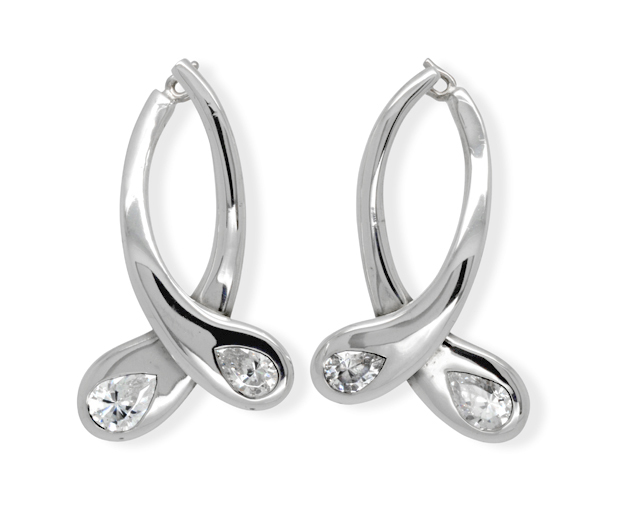
Diamond jewellery (132)
-
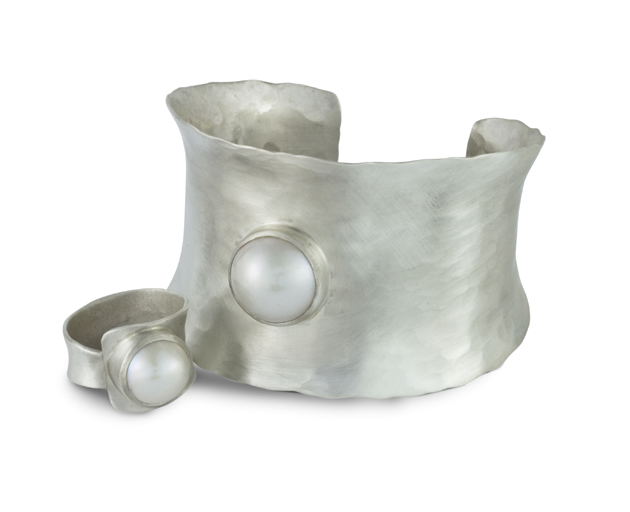
Pearl jewellery (95)
-
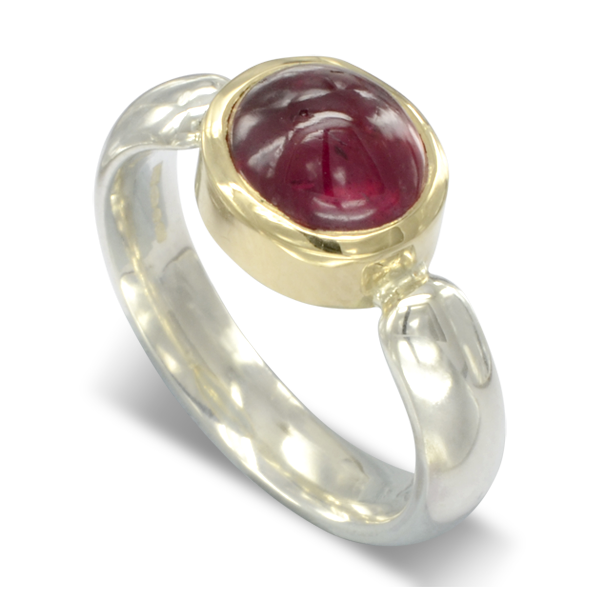
Ruby Jewellery (83)
-
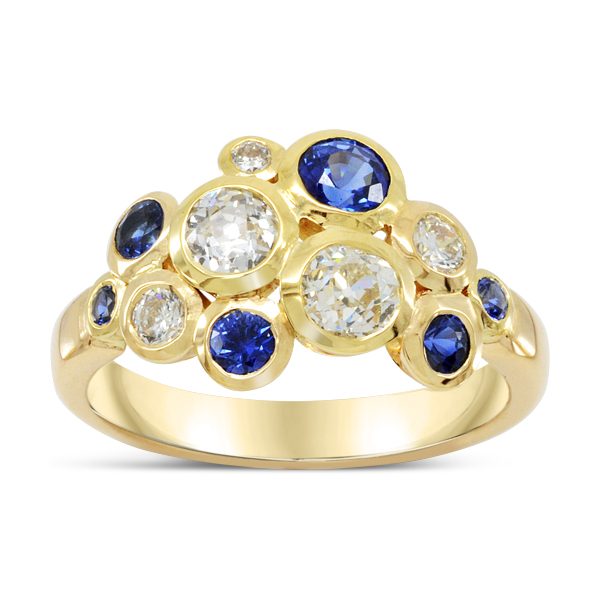
Sapphire Jewellery (83)
-
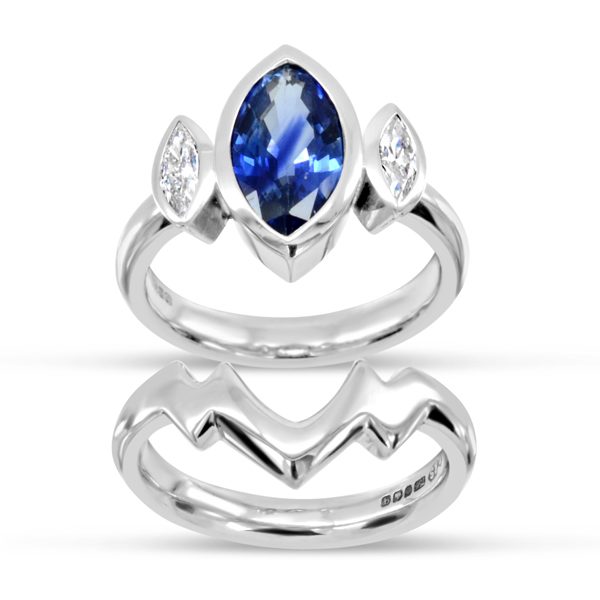
Tanzanite Jewellery (36)
-
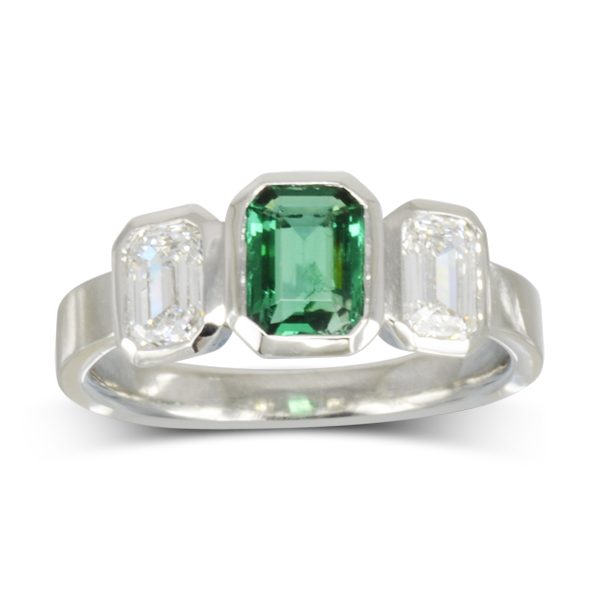
Emerald Jewellery (50)
-
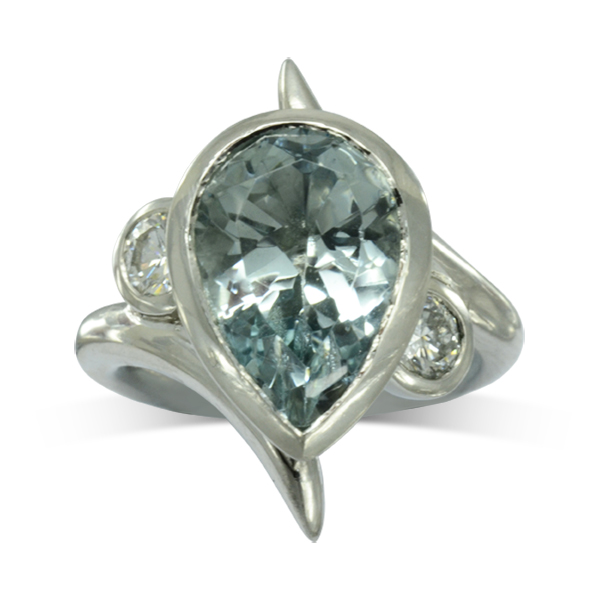
Aquamarine Jewellery (101)
-
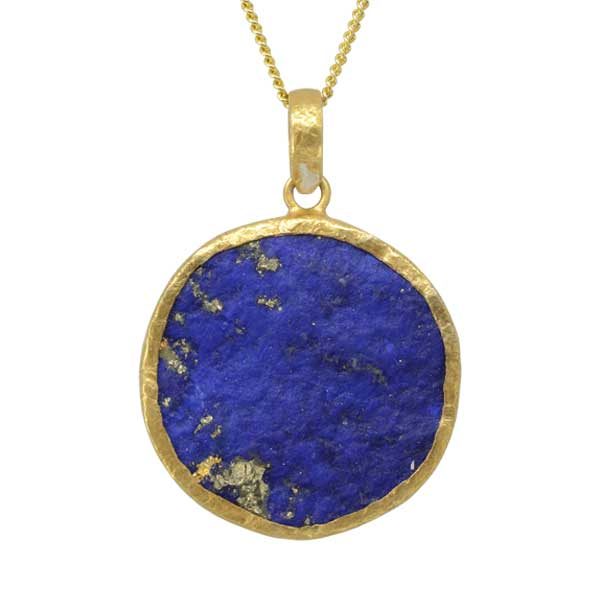
Lapis Lazuli Jewellery (36)
-
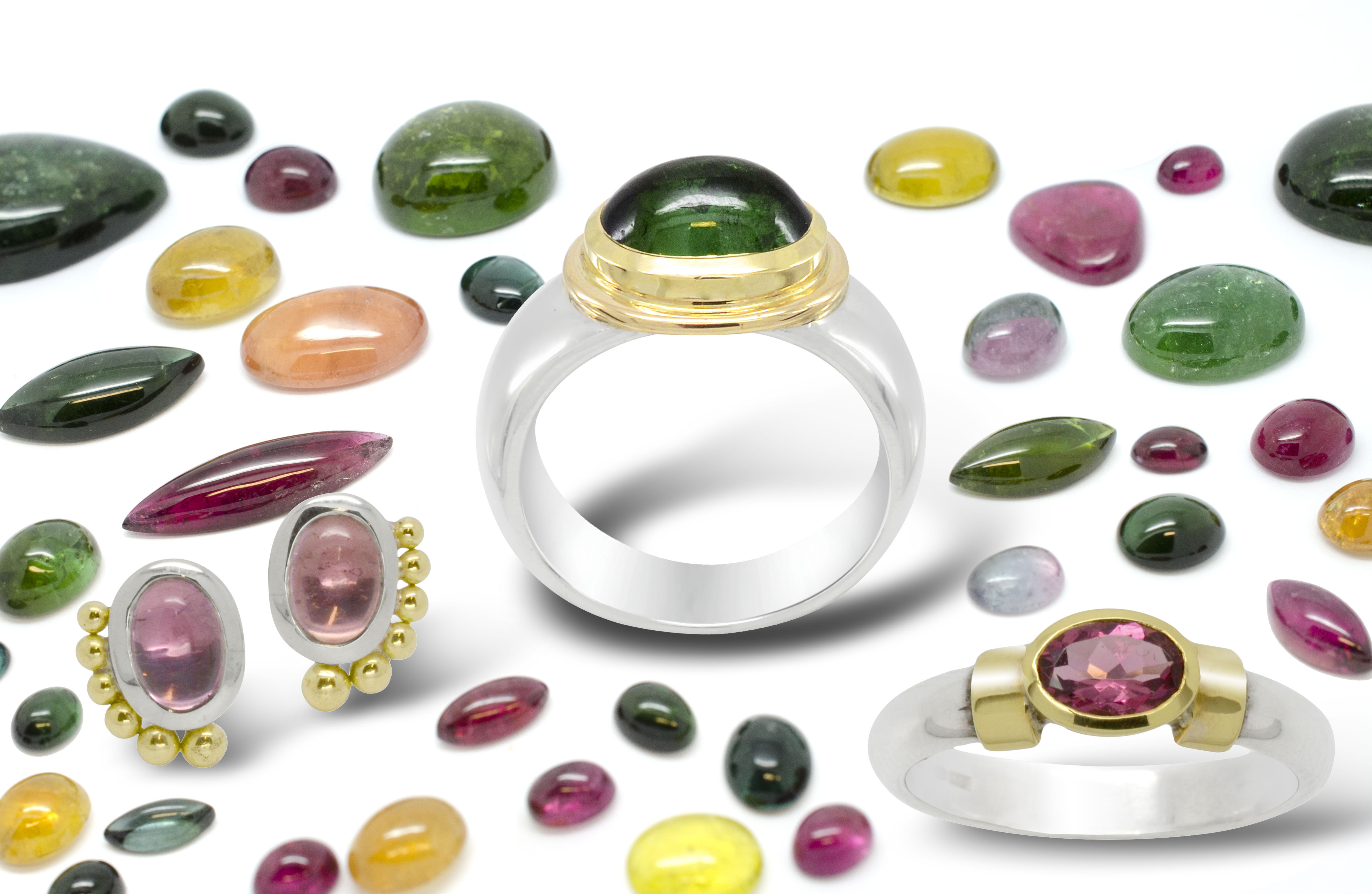
Tourmaline Jewellery (28)
-
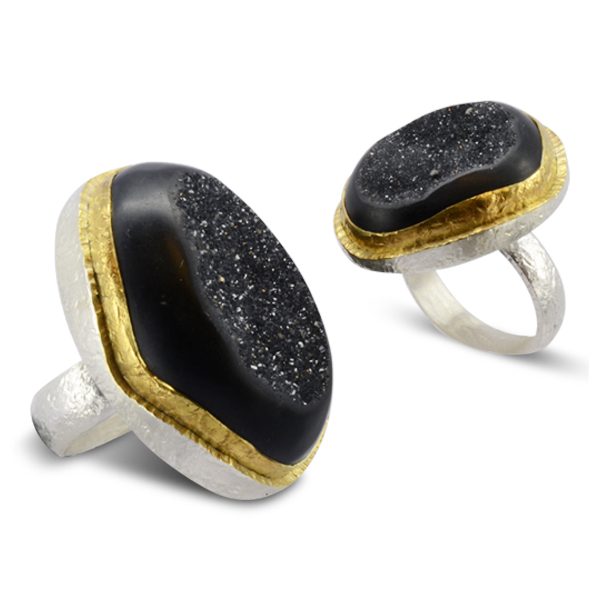
Black Onyx Jewellery (16)
-
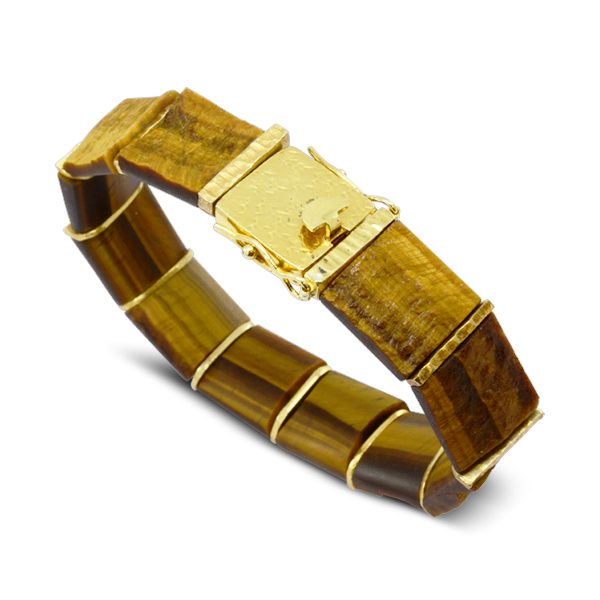
Tigers Eye Jewellery (6)
-
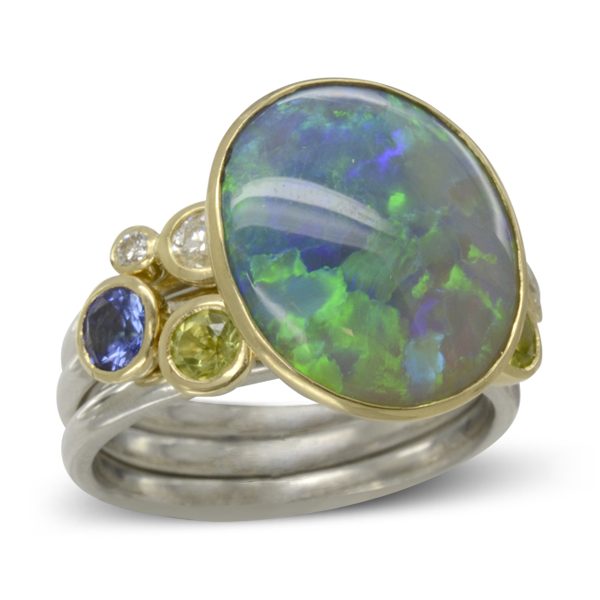
Opal Jewellery (23)
-
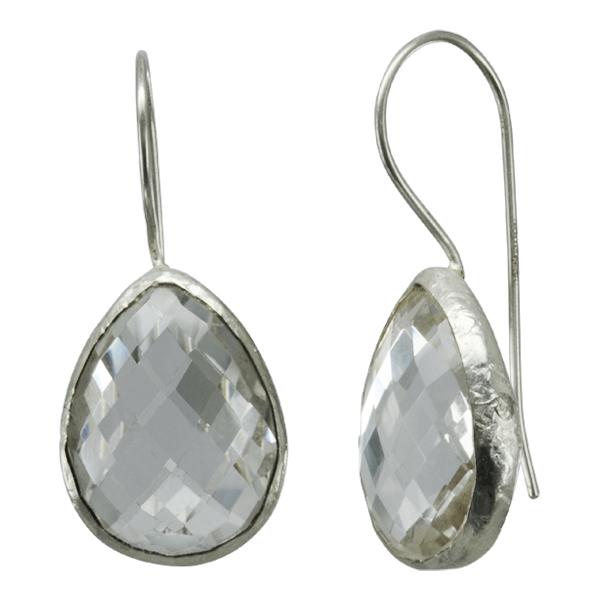
Rock Crystal (6)
-
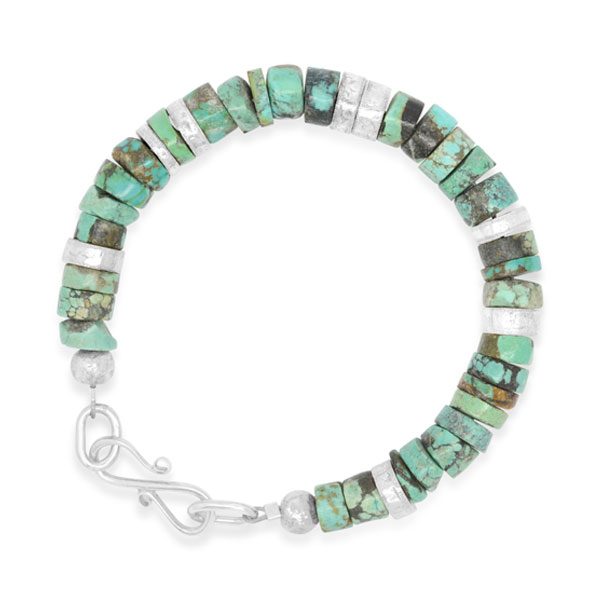
Turquoise Jewellery (5)
-
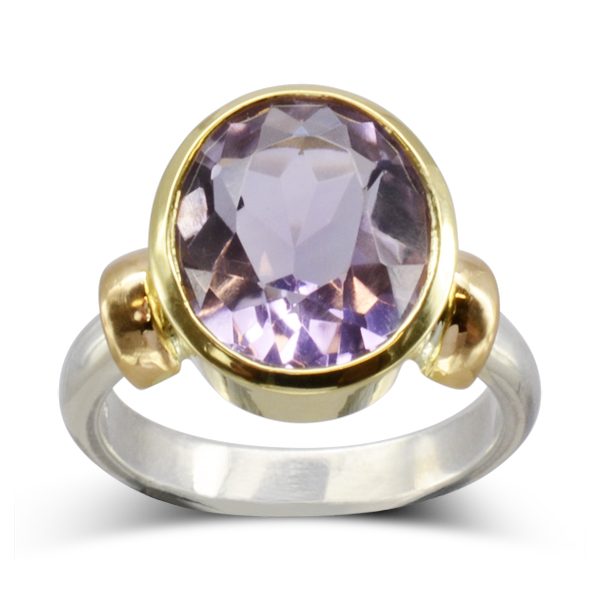
Amethyst Jewellery (49)
-
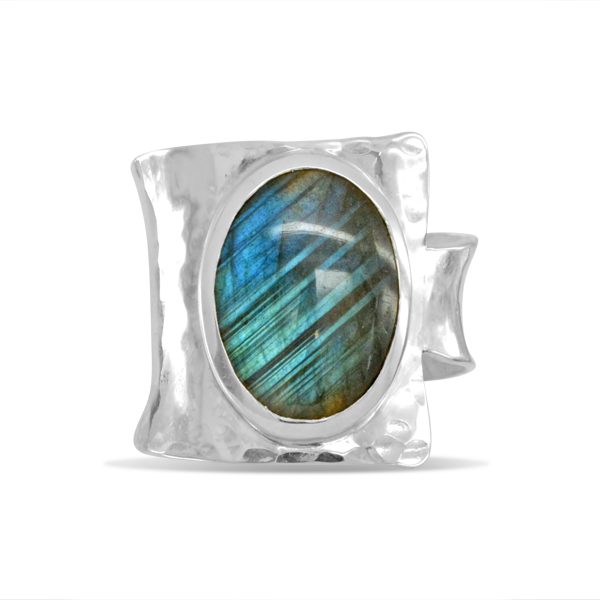
Labradorite Jewellery (17)
-
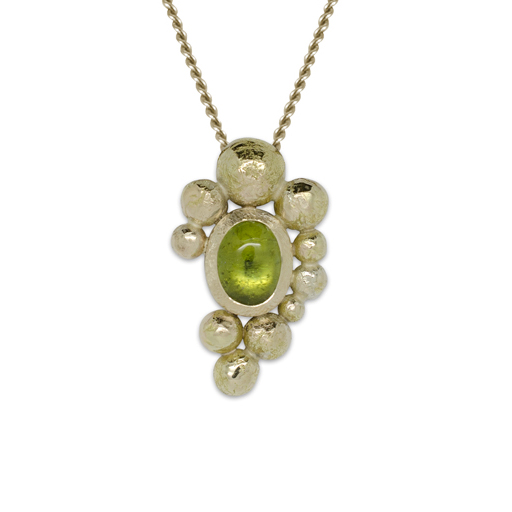
Peridot Jewellery (39)